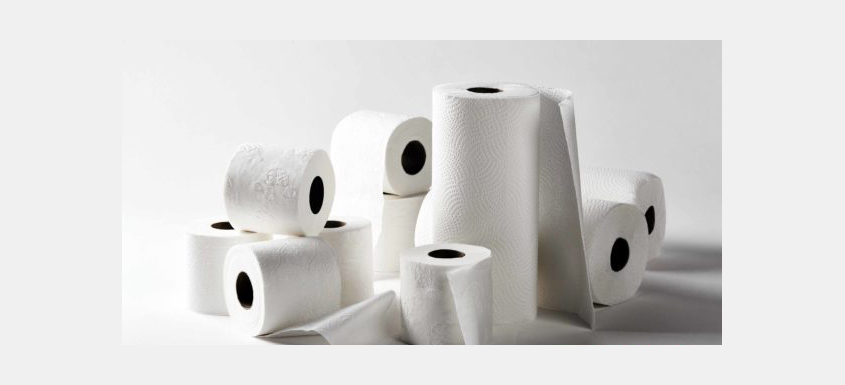(2) Is the tissue consumption leader about to enter a new market era?
The United States has the world’s largest economy, and the third-largest population. Tissue producers across the whole of the North American region operate in a unique market.
In Summary...
The United States tissue business is unique in customer consumption rates, percentage of TAD or other advanced technologies, and the exceptional drive for softness in consumer grades. American consumers tend to use more disposable kitchen towels at home than Europeans, which helps account for the increased consumer towel demand rates.
Canadians also tend to use more towels, which is why they experienced shortages during the pandemic. Mexico and Canada are top trading partners of the United States and have developed some of these same consumer behaviors. Canada and Mexico do not produce much commercial tissue, which would support the very high production rate in the United States. The march toward more advanced tissue process deployment (mostly TAD) continues in the United States with new capacity installations underway by Georgia Pacific in Wisconsin and Procter and Gamble in Utah.
Canada has ended a long drought of no new TAD machines with the newest Kruger machine installation in Quebec. Mexico doesn’t have any new machines announced but has added a significant amount of advanced process machines. There is no sign of an end to deploying advanced process technology in North America to meet high-performance consumer expectations.
The North American tissue market dynamics have attracted many new players, including European Essity and Sofidel and new American companies like First Quality Tissue. The dilution of producers’ market power in the United States compared to historical market concentration will continue to drive consolidation and closures of older assets that can’t meet quality or cost requirements.
Sustainability factors such as carbon emissions, fiber sourcing, and product design can be expected to play a more significant part. American tissue consumers could become more discerning about sustainability and drive winners and losers among the tissue producers. Could the growth of tissue consumption per capita and TAD in the United States finally peak and start to decrease with increased consumer concern about sustainability?
This is an area that producers and investors need to watch closely. All the data presented in this report represent averages of a considerable fleet of tissue producers in the United States. Analysis of competitive position requires specifics on tissue producers and individual machines. This article presents a static picture summary of the North American tissue industry today. Fiber prices, exchange rates and environmental regulations will change, providing some participants with advantages and others with new challenges. US tissue mills will continue to change hands and perhaps consolidate; neighboring countries may invest in tissue-making capacity, thus affecting America’s imports and exports.
GET OUR 2022 GLOBAL TISSUE INDUSTRY STUDY REPORT
This article was originally published in the July/August 2023 issue of Tissue World Magazine



